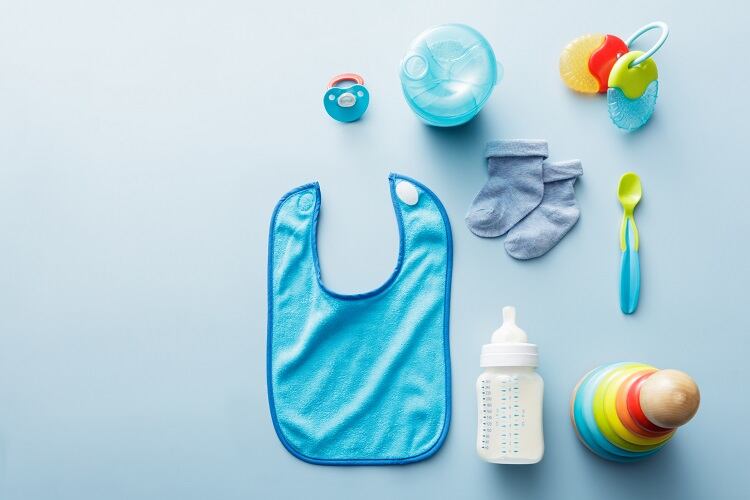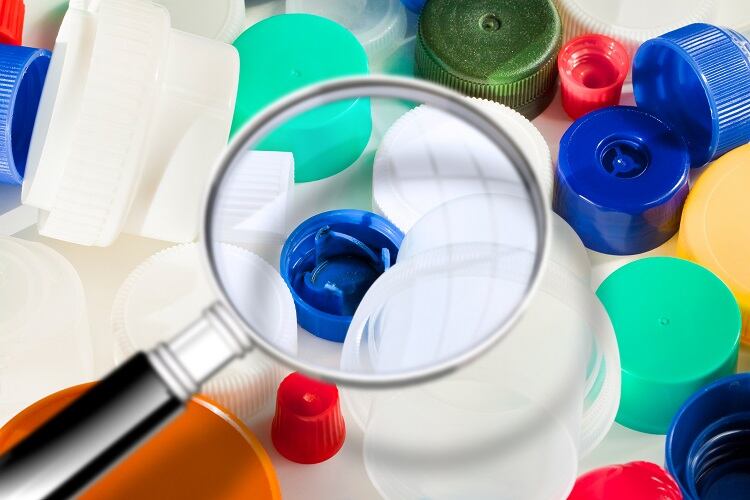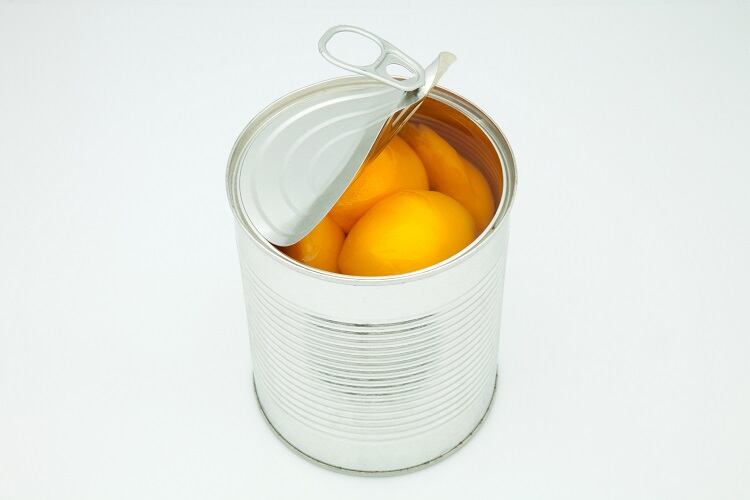In a new re-evaluation of bisphenol A (BPA), the European Food Safety Authority (EFSA) has concluded that contrary to earlier findings, dietary exposure to BPA is a health concern for consumers across all age groups.
In response to its new re-evaluation of the chemical substance, EFSA’s expert Panel has significantly lowered the tolerable daily intake (TDI) for BPA of 4 micrograms (4 millionths of a gram) per kilogram of body weight per day.
The newly established TDI is around 20,000 times lower, at 0.2 nanograms (0.2 billionths of a gram) per kilogram of body weight per day.
What is bisphenol A?
BPA is used to manufacture polycarbonate plastic, a material used to make some food contact materials – such as water dispensers or articles for food production – as well as to produce epoxy resins to form protective coatings for food and beverage cans.
It is understood that small amounts of BPA can migrate from food contact materials into food and beverages, sparking regulatory action across the EU. BPA is already banned from some packaging across the bloc, including baby bottles for example. And in France, the chemical substance is completely banned from food packaging, containers, and use on utensils.
Amongst the concerns related to BPA, aside from its potential to migrate into food and drink, is that the chemical substance is hazardous for the endocrine system. According to the European Chemicals Agency (ECHA), many bisphenols may damage fertility and disrupt the hormonal systems of people and animals. They may also cause skin allergies.

But EFSA has also raised concerns that BPA has potentially harmful health effects on the immune system.
BPA potentially harmful for the immune system
“For this re-evaluation, we scrutinised a vast quantity of scientific publications, including over 800 new studies published since January 2013. This has allowed us to address important uncertainties about BPA’s toxicity,” said Dr Claude Lambré, chair of EFSA’s Panel on Food Contact Materials, Enzymes and Processing Aids.
In the studies, Dr Lambré’s team observed an increase in the percentage of a type of white blood cell, called T helper, in the spleen. “They play a key role in our cellular immune mechanisms and an increase of this kind could lead to the development of allergic lung inflammation and autoimmune disorders,” he explained.
The Panel also took into account other potentially harmful health effects on the reproductive, developmental and metabolic systems, which were identified in the risk assessment.
The re-evaluation covered a large number of studies published since 2013 – the cut-off point for EFSA’s previous assessment in 2015. EFSA’s working group for the re-evaluation of BPA applied a ‘systematic and transparent’ approach, according to chair Dr Henk Van Loveren.
“We developed upfront a protocol for selecting and appraising all the evidence with the input of stakeholders and Member State competent authorities.
“Our findings are the result of an intense evaluation process that has lasted several years and which we finalised using the input we gathered from a two-month public consultation launched in December 2021.”
EFSA and BPA: a history
EFSA previously assessed the safety of BPA in 2015, but highlighted the need for additional data on the toxicological effects of the chemical substance. Due to uncertainties in the evidence, the agency set a temporary TDI of 4 micrograms per kilogram of body weight per day.
But now, comparing estimates of dietary exposure to BPA with that temporary TDI, the experts concluded that consumers with both average and high exposure to BPA in all age groups exceeded the limit, indicating health concerns.
This influenced EFSA’s setting of a new TDI of 0.2 nanograms per kilogram of body weight per day.
Although the Panel used the exposure estimates from its assessment in 2015, it acknowledges that packaging material restrictions brought in by EU regulators since may have reduced dietary intake. “This means that our scenario is conservative,” noted EFSA.
This latest scientific advice on BPA will now inform discussions among EU lawmakers on the appropriate regulatory measures to take to protect measures. It is the European Commission and Member States’ responsibilities to set limits on the amount of a chemical that may migrate from food packaging into food.
EFSA risk assessment of bisphenol A: a brief timeline
- 2006: EFSA published its first risk assessment of BPA in 2006
- 2010: EFSA publishes a new review of the latest scientific literature
- 2015: EFSA publishes a new comprehensive assessment of BPA’s exposure and toxicity. Tolerable daily intake is reduced from 50 µg/kg of bw/day to a temporary TDI of 4 µg/kg of bw/day.
- 2021: EFSA launches a public consultation on its draft scientific opinion on the re-evaluation of the risks to public health related to the presence of BPA in foodstuffs.
- 2023: EFSA publishes a scientific opinion on the re-evaluation of the risks to public health related to the presence of BPA in foodstuffs.
Criticism of EFSA’s methodology
The results of EFSA’s re-evaluation is a blow Europe’s plastics industry, who attempted to reverse the ECHA’s 2021 decision identifying BPA as a substance of concern. The attempts were rejected by the Court of Justice, who confirmed that BPA should be listed a ‘substance of very high concern’.
But it is the approach used by EFSA to derive its new TDI for BPA that the plastics sector takes issue with. The stance follows Germany’s Federal institute for Risk Assessment (BfR) opinion, also published today, criticising EFSA’s assessment.
“The BfR does not support the new TDI derived by EFSA due to several scientific and methodologic divergencies. For example, there is currently no evidence that the observed relative increases in the levels of Th17 cells trigger any adverse effects on the mice studied, and the relevance on the results to human health is questionable,” noted BfR.
The European Medicines Agency (EMA) has also presented its different views on the methodology of the EFSA re-evaluation.
Based on BfR’s analysis of the scientific data on toxicological effects from gastrointestinal exposure to BPA, the BfR has derived a TDI value of 0.2 micrograms (200 nanograms) per kg of body weight per day.
This value is 20 times lower than EFSA’s previous provisional TDI, and 1,000 times higher than EFSA’s new TDI.

Trade association Plastics Europe’s polycarbonate/bisphenol A group said it was ‘highly concerned’ to see a ‘controversial’ approach used to derive the new TDI for BPA.
“This approach has been strongly criticised by several competent authorities, as well as by industry. These diverging views have not been sufficiently built into the final EFSA conclusion.
“The final opinion is suffering from serious scientific weaknesses and results in an over-conservative TDI,” noted the group. “Therefore, it cannot be used as such for risk management measures. Any risk management measures based on this conservative TDI, also beyond food contact, must take into account all its weaknesses.”
Calls for BPA bans, across the board
For others, the reaction is more buoyant. The European Consumer Organisation (BEUC), EFSA’s lowering of the TDI is a step in the right direction.
“Bisphenol A should be phased out in all consumer products as soon as possible,” a BEUC spokesperson told FoodNavigator.
“It is also important to remember that for most food packaging materials other than plastics there are not even details safety rules…despite there being an overall EU requirement that all food packaging must be safe.”
“Meanwhile, based on tests where they found other bisphenols in items such as food containers and teething rings for babies, French consumer group UFC-Que Choisir specifically calls for regulators’ attention to the presence of these chemicals in food packaging and children’s products.”
Indeed, UFC-Que Choisir is today publishing results from tests of baby products, revealing the presence of different bisphenols in six out of 14 baby bottles and cups tested, as well as seven out of 12 teething rings.
France has already banned BPA from being used in baby products and food containers, and UFC-Que Choisir – alongside BEUC – is calling for the EU to ban bisphenols from being used in all food packaging and children’s products, across the board.


